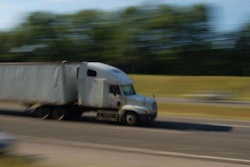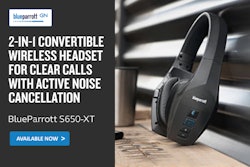I’ve written briefly about what the anti-driver coercion rule, released in tandem with the electronic logging device mandate and placing official prohibitions on driver harassment and coercion to violate a regulation, opens up for operators who find themselves stuck between a rock and a hard place, say, stuck at a shipper or receiver and out of hours, with no chance of remaining on the property.
At once, we haven’t gotten into much detail about the enforcement mechanism the agency is utilizing/planning to utilize to investigate complaints about problem facilities.
FMCSA Office of Enforcement and Compliance Director Joe DeLorenzo, in the second of a few seminars/listening sessions he participated in at the Mid-America Trucking Show in Louisville last week, laid out some of those specifics, noting new authorities the agency has to investigate such problem facilities — that is, provided they know about them. That’s where you come in.
During the listening session with new FMCSA Administrator Ray Martinez, a third-generation small fleet owner relayed an anecdote about a recent situation where a driver nearly out of hours was detained at a facility for six hours after carrier back-office personnel got in touch with both the facility and the broker on the load to “make sure that if the driver sat for more than two hours he’d have a safe place to park.”
That safe place to park to regain hours — you see where this is going, I’m sure of it — didn’t materialize. “Shippers need to be held to the fire and not pay just 25 an hour for detention,” the small fleet owner said, and think the problem goes away.
The coercion rule “for the first time gave us enforcement authority over a shipper [or receiver] that causes a violation of the regs” by a driver, DeLorenzo said. “We’ve had very little action in that area,” perhaps the biggest problem for owner-operators going. Remedying the situation, answering the question of just what the FMCSA could do to help solve the problem “within the existing regulations,” DeLorenzo added, is “exactly why we” developed the coercion rule. “If we find out about [problems like the one described above, where a driver over hours limits is essentially forced to violate the regs or miss the load opportunity], we now have the authority as an agency to address it. We can go after them investigatively and fine them for that, and all the investigative authority that comes along with that.”
Filing a complaint about a location can be done via the National Consumer Complaint Database’s FMCSA-specific website. If you click through to the “Driver” section of the website’s navigation, you will see the option for a “Truck Complaint” and, under that heading, the selection for “Coerced to commit a violation.”










